SERIF AFFINITY PHOTO : A feature-rich application with a one-off licence price (on ‘Coronavirus Special’ for only $40 until May 20, just $80 normally), which could be a viable alternative to Photoshop for many photo enthusiasts and professional users. Affinity Photo’s big advantage is its end-to-end 32-bit workflow based on the native *.afphoto file format which preserves the full functionality of the software, keeping layers, masks and settings intact and re-adjustable the next time the file is opened. In this respect it has an advantage over most other editing software.
RRP: $80 ($40 until May 20)
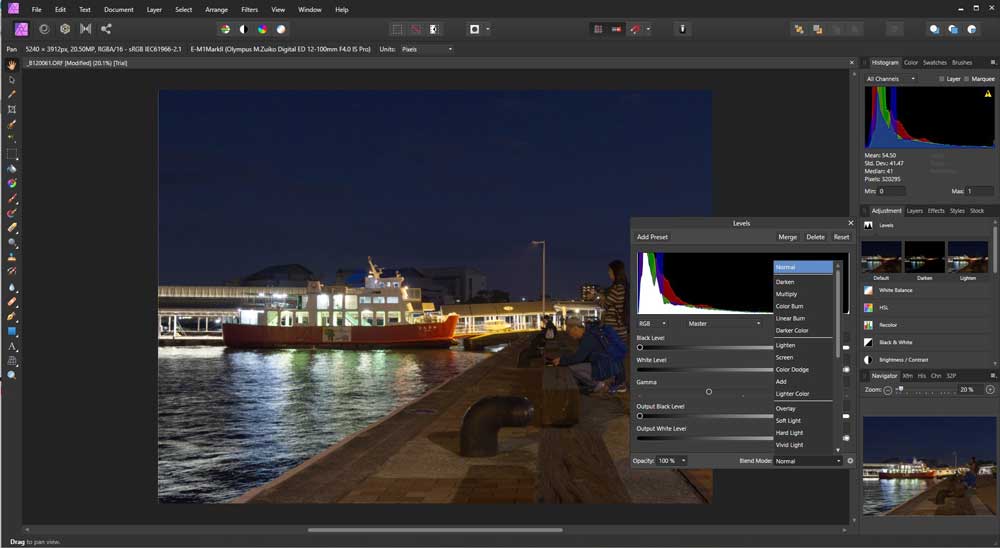
Developed by British software company, Serif, Affinity Photo is a versatile non-destructive image editor with a layer-based workflow and a similar structure and tool set to Adobe Photoshop. Like Photoshop, it focuses upon image editing and doesn’t include importing or organising tools. Affinity Photo also provides a customisable user interface and supports most Photoshop plugins as well as the Nik Collection from DxO. However, it lacks Photoshop’s support for 3D printing, animation, video editing and a video timeline and scripting. The latest version, 1.8.3.641, was released in February 2020.
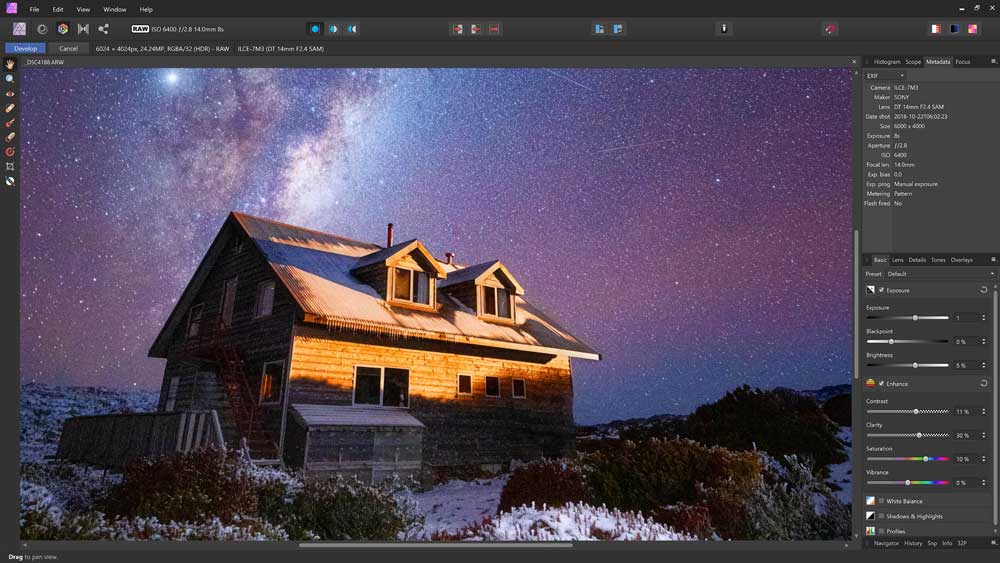
Affinity Photo’s workspace is split into of five ‘Personas’ which are separate workspaces dedicated to different tasks. Which Persona is used depends upon how an image is opened but all Personas have the same basic layout and users can move easily between them. The Photo Persona handles normal editing functions and provides many of the same tools as Photoshop in a similarly-configured workspace. The Liquify Persona provides facilities for manipulating pixels, the Develop Persona is used for pixel-based editing and processing raw files, the Tone Mapping Persona is dedicated to HDR processing and the Export Persona enables users to export images.
Key functions like cropping, colour picking, selecting, cloning, healing, dodging, burning, blurring and filling are provided and the software includes levels and curves controls.
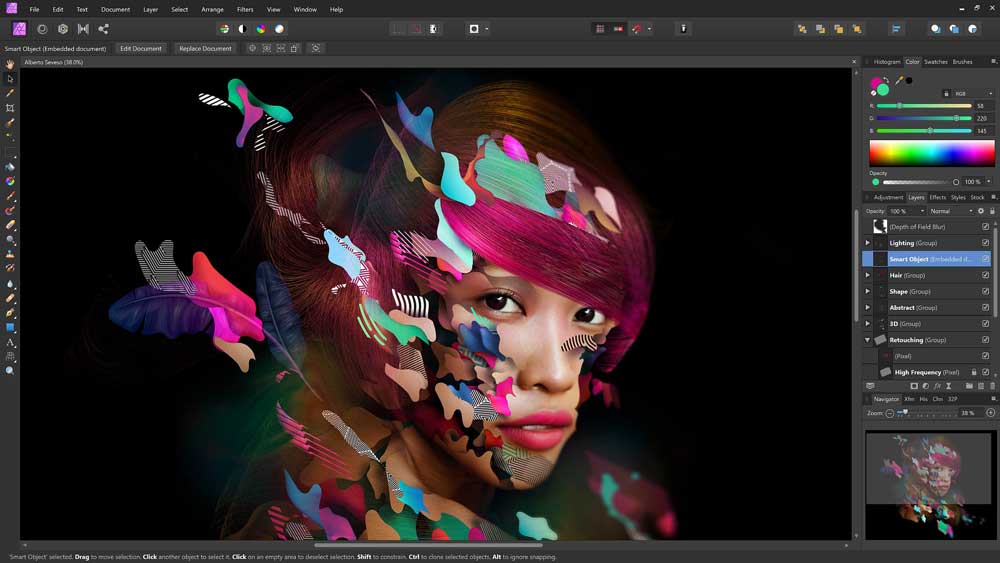
Layer-based editing is a feature of Affinity Photo and each edit tool selected will open a new adjustment layer. During an edit, Affinity Photo will save the undo history (including thumbnails and date/time data) with the image and retain it in the native *.afphoto format, even after the image has been closed. This enables users to revert to any undo stages at any point in the editing process as well as after the file has been closed and re-opened. Users can opt to Save Affinity Layers when exporting TIFF files and, depending on the image format, the export dialog will offer an Estimated File Size for the exported image.
On a cost basis, Affinity Photo represents real value for money. It provides almost the same basic tools and functionality as Photoshop for a one-off payment that covers a ‘life long’ licence for an application that’s likely to provide all of the editing functions most photographers will need for the foreseeable future.
Purchasing points
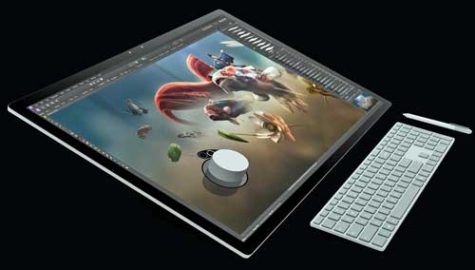
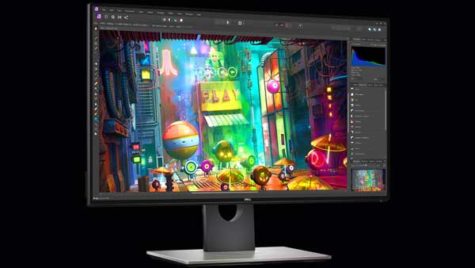
1. Affinity Photo provides similar basic tools and functionality to Photoshop for an $80 one-off payment rather than an on-going subscription. Trial versions of the Windows and MacOS applications are available free of charge and the normal 30-day period has been extended to 90 days until May 20.
2. The software is available for Windows and Mac OS platforms and supports a wide range of image file formats, including HEIF and HEVC files, 12- and 16-bit CMYK TIFF files and Adobe’s PSD and PSB formats. A special version is also available for iPads.
3. Affinity Photo supports a standard colour management workflow with multiple colour spaces (including Greyscale, RGB, CMYK and LAB) and the ability to recognise and utilise ICC profiles stored on the user’s computer. Images captured with the Adobe RGB profile will retain that profile when the file is opened or placed in an existing document.
4. Affinity Photo includes an integrated raw editor that seamlessly opens raw files from most current cameras (including Fujifilm’s X-Trans models) in the regular workspace. The default sharpening level is lower than Adobe Camera Raw’s.
5. Live brush previews allow users to see the effect of brush strokes before they are applied. This is useful for retouching images, especially when creating masks and for dodging and burning using the brush tool. Brushes are also highly configurable and Photoshop brushes can be used in Affinity Photo, although some settings and features aren’t supported.
6. Split-screen views are available for before and after comparisons during editing.
7. Affinity Photo includes a handy Lighting function in the Filters dropdown menu, which can be used to direct additional illumination onto a subject and make subtle changes to the colour of the light. The single light source can be supplemented with additional light sources, which can be configured and positioned independently.
8. The end-to-end 32-bit workflow based on the native *.afphoto file format preserves the full functionality of the software, keeping layers, masks and settings intact and re-adjustable the next time the file is opened.
9. Unlimited layer support is available for making advanced and complex image compositions and layers can be grouped, clipped, masked and blended together for processes like stitching panoramas, compositing HDR frames, focus stacking and creating collages.
10. Affinity Photo provides plenty of help for users, both through the built-in Help button on the top panel of the workspace and through tutorials that can be accessed via the dedicated Tutorials website.
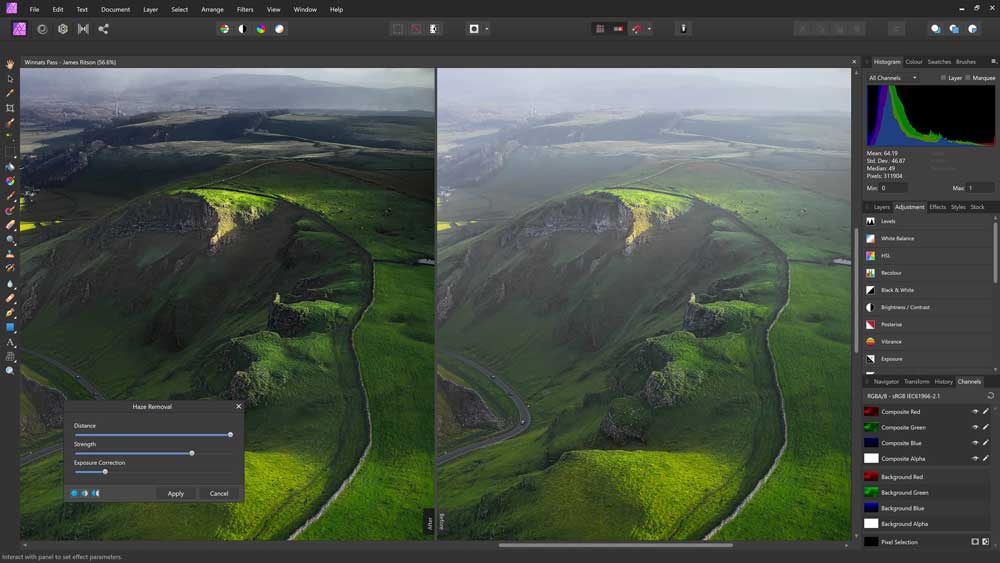
Distributor: Serif (Europe) Ltd., https://affinity.serif.com/en-gb/photo/
Serif has reduced the price of Affinity Photo (and its other apps) by 50 percent and extended the availability of the trial download period to 90 days until 20 May.
– Margaret Brown
 – For 40 bucks, what do you have to lose except the shackles that bind you to the blood-sucking Adobe monopoly? For a more comprehensive review of the multi-award-winning Affinity Photo 1.8, click here.
– For 40 bucks, what do you have to lose except the shackles that bind you to the blood-sucking Adobe monopoly? For a more comprehensive review of the multi-award-winning Affinity Photo 1.8, click here.





Great review of Affinity Photo. I’m also using Affinity Photo on a daily basis. if you compare Affinity Photo with Photoshop, you will find that it can do approx. 95% of the same things. Affinity Photo is really stable, except when handling very large files, then it gets a bit slow compared to PS. However, I really love the live brush feature in Affinity Photo. It is such a relief to see the result before you do the actual brush strokes.
the interactions with XP-Pen graphic tablets such as Artist Series (link removed) could be improved. In particular, there’s no way to properly use the brushes properties of pressure and tilt. The brushes customization self, is very complicated and inadequate, so it works bettere with mouse and keyboard instead than a graphic tablet.